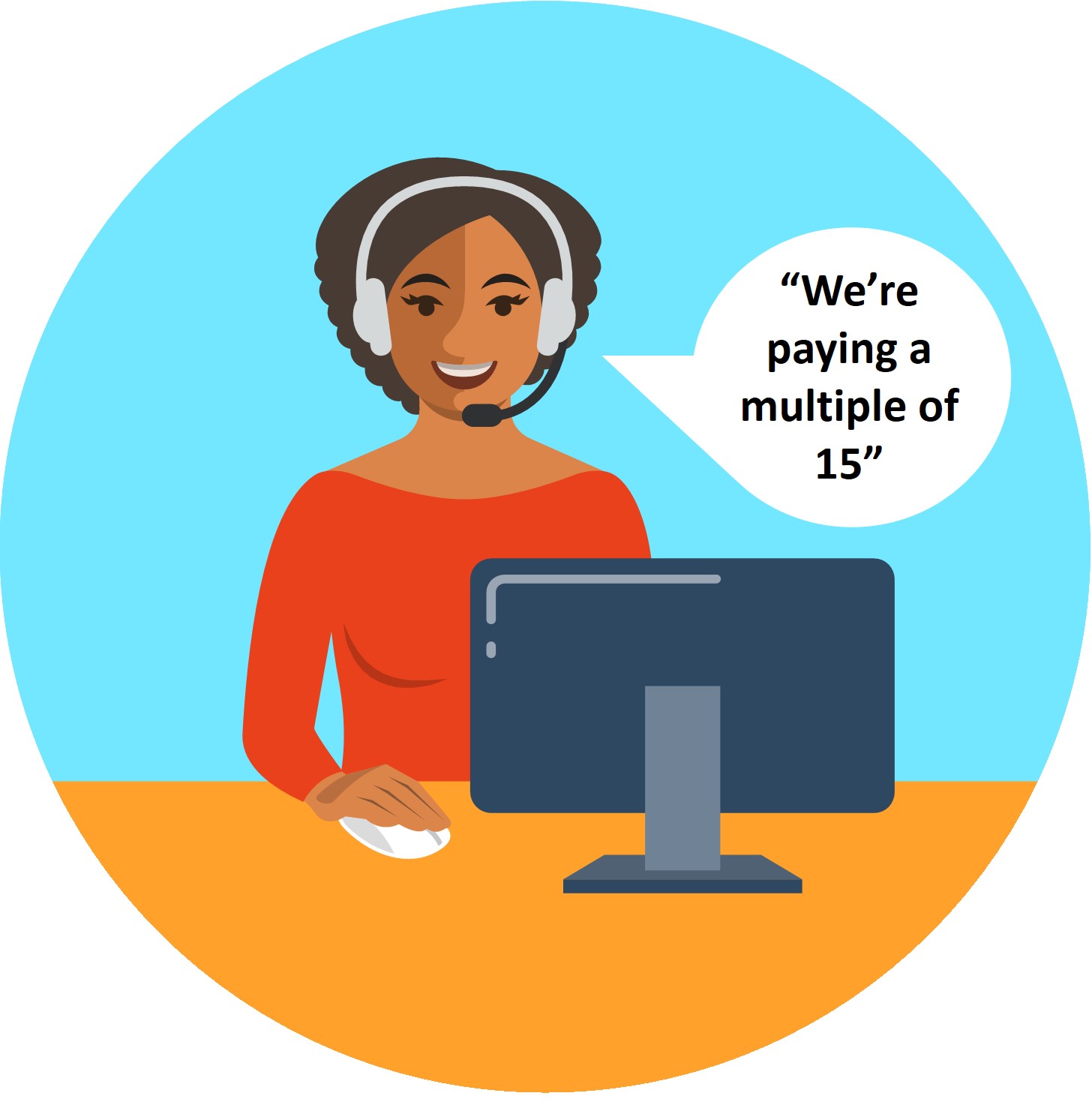Starting a New Child Care Business

If you desire is to own a child care center, you basically have three options to accomplish this goal: buy an existing center, convert a space or building into a child care center or build a new center from the ground up. Buying an ongoing center with children enrolled and monthly revenue is normally the better option all things considered. If buying a child care center is not an option, for whatever reason, potential operators are left with facility conversion or building new. With either of the later, the following things should be evaluated:
1. Market Analysis – as a starting point, comprehensive area demographics should be analyzed to determine the number and age groups in the current population and estimated demographic breakdowns for the next five to ten years. It’s only through studying demographic data; reviewing child care need surveys and studies that may have been complete by area child care commissions, resource and referral departments and commissioned third part studies can you determine the actual need for child care in a community. In many communities, the need will be readily evident with a lack of child care and parents expressing a desire for more child care options. However, it’s imperative to determine which parents will actually be willing or capable of paying for child care. And, what forms of public or private contribution/subsidy funds are available to pay for child care services.
2. Management Cost – will you manage and direct the center or will the cost of management need to come from the child care business revenues?
3. Key Costs Analysis – Labor costs are always the largest portion of a child care budget. You should have an accurate projection of total labor costs for teachers, assistants, and other staff.
4. Occupancy Cost – is the total cost of the facility lease or mortgage payment plus all utilities.
5. Facilities Maintenance – all facilities require ongoing maintenance. Whether you will own the real property or lease, the cost of ongoing maintenance will probably fall to you.
6. Potential Revenue Analysis – Based upon your anticipated licensed number per age group and the market rates, calculate what you realistically expect to achieve in monthly and yearly gross revenues. To calculate the projected revenues you will need to research the market rates and subsidized rates in the community and what the average percentage of private and public revenue breakdown can be expected for a new child care center.
7. Facility Conversion Costs or from the Ground up Construction – child care operators often think that it will be less expensive to covert an empty building, built for another purpose into a child care center. This is often a false assumption. In many instances, starting from scratch and building for child care is actually more cost-effective. Child care centers, built for child care has a higher yearly appreciation rate and bring a higher price when sold than a converted property. Accurately assessing what the total project cost “turnkey” ready is imperative. All too often, potential operators end up spend substantially more on conversion or new construction than originally projected. The over-budget costs are covered with funds that were earmarked for operating capital thus placing the new business behind the eight ball from the start.
8. Financial Viability – Income minus Expenses = Profit or Loss – this is the bottom line – will a new child care business be able to make a reasonable profit? Only after you’ve done your homework and considered all the above should you take the plunge and open a new child care center.




